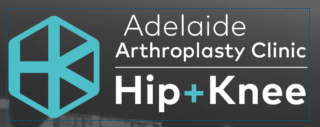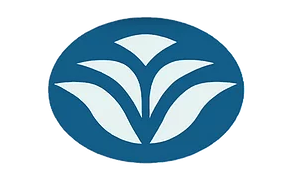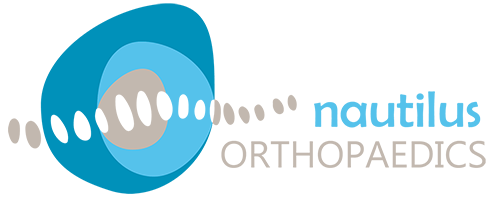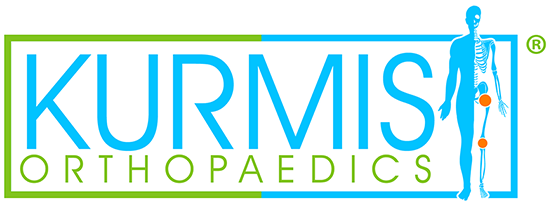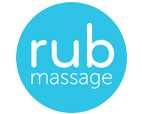
 Wanting to “tone up” seems to be a common wish approaching the summer season, but what does this term really mean?
Wanting to “tone up” seems to be a common wish approaching the summer season, but what does this term really mean?
Toning up refers to muscle definition, easily seen in body areas such as shoulders, arms, abdominals and legs that contribute to a defined physique.
To achieve this, the body needs to increase muscle tissue and decrease fat tissue to see the muscles underneath! This requires regular physical activity and exercise on most days of the week, and changes to diet.
Physical activity refers to any movement carried out by the musculoskeletal system that requires energy. Here are some ways to be more physically active in your daily life:
- cycling instead of driving to nearby areas
- meeting friends for a walking coffee date rather than sitting down
- taking the stairs instead of the elevator
- dancing to music while doing the housework!
Exercise refers to planned, structured, repetitive and intentional forms of physical movement intended to maintain or improve physical fitness, such as:
- gym training
- swimming laps in the pool
- beach walk or run
- playing sports
In order to tone up, start by planning a workout program and ensure it is achievable for your circumstances e.g. current fitness level and regular days/times in the week. Include a variety of:
- strength training;
- cardio aerobic exercise; and
- stretching
This will help to increase your metabolism and burn fat tissue. You will feel stronger, more flexible and be motivated to stick with your program and then step it up as needed! Below are some suggestions of different exercises to try…
Cardiovascular exercises
Exercise for 20-60 minutes per day at a moderate to vigorous intensity where you feel like you’re working at a “somewhat hard” or “hard” intensity. You want to be getting hot and sweaty!
- treadmill or outdoor walking
- jogging
- stationary bike
- swimming
Muscle strength exercises
Use a heavy weight you can lift (6-8 repetitions).
- There are hundreds of different Pilates exercises available to try – make sure you check with you physiotherapist as to which ones are safe for you!
- Add in dumbbells, therabands and other gym equipment for variety
- Include a range of upper body, lower body and abdominal exercises
Muscle endurance exercises
- Choose a combination of different body-weight exercises e.g. squats, lunges, push-ups against a wall or bench, or step ups on a block (15-20 repetitions).
Add in different stretches to increase your flexibility and decrease stiffness in your whole body including your neck, shoulders, spine, buttocks, thighs and calves.
Don’t forget to consult your supervising physiotherapist at the clinic or in your Pilates class to check what exercises and stretches are safe to perform if you currently have pain or an injury.
Of course, diet is important!
Don’t ruin all your hard efforts with exercise by choosing to eat the wrong foods too often!
- add more vegetables to your lunch and dinner
- choose fruits and nuts for snacks
- drink plenty of water
- try to avoid or limit the amount of fast-food, processed and packaged foods, and foods with high sugar and fat from your diet
Ensuring a regular combination of physical activity, exercise (cardio, strength and muscle endurance) plus watching your diet is the best place to start with toning up this summer.
If you are recovering from injury, surgery or have an ongoing health concern that limits your physical activity, please see more information here about our Anti-Gravity Treadmill.
Sarah Biermann – Physiotherapist






